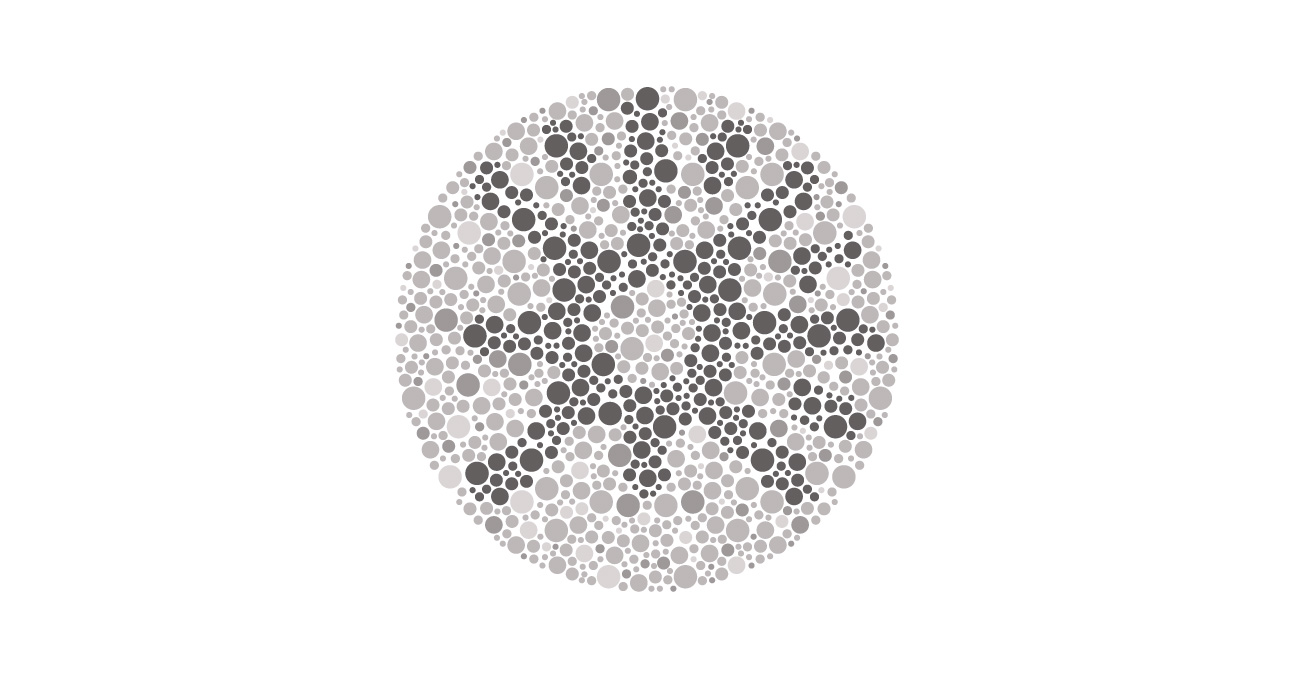Is New Always Better? Keeping Accessibility Simple

KISS -- 'Keep it simple, stupid' -- it's a well-known adage. And it's one that should be remembered when approaching accessibility.
When considering accessible design, going outside the box may not be necessary. However, if it is, it is crucial that the new technology enhances or improves upon existing tools.
These points were driven home recently when I came across an article about the award-winning iAid – a navigational device designed by a Windsor, ON teen. Using four sensors mounted on a belt, the device alerts blind pedestrians of obstacles in their way and directs the wearer away from the obstruction through a hand-held joystick.
This is a technically sophisticated device which took its inventor years to develop. He’s obviously skilled, determined, and has his heart in the right place. Innovation is always welcome in the field of accessibility and new talent and ideas will never go unappreciated. Having someone so young and eager designing for the disabled community is exciting.
But I question the need for such a high-tech device when lower-tech and more simple devices (a white cane or a guide dog) would provide even more utility with less cost. Additional concerns I have about the iAid will be addressed in subsequent posts.
I'll admit to my biases here: blind from birth with relatively stable vision, I’ve had a lifetime of white cane use and orientation and mobility instruction; others with differing visual acuity who had sight once may hold entirely different views to mine. Some other blind folks I conferred with suggested it might be helpful to someone who is deafblind; others pointed out that their navigational skills weren’t what they once were and the iAid might fill that gap. Still others suggested that seniors who were losing vision might benefit.
I understand where they’re coming from and in fact can see its usefulness to some. However, despite its advanced technology, it will do less than my white cane will.
If I understand the device correctly, it will alert its wearer to obstacles in their path. It will not, however, alert them to a change in grade of pavement, stairs, or uneven patches on the ground as my cane would. No mobility aid will alert a blind user to overhead obstacles, so if this device could indeed tell me to duck at the right moment to avoid low-hanging tree limbs – especially rain-soaked ones -- I’d instantly give it more consideration.
Additionally, this device won’t keep its wearer in a straight line as existing tools can. Certainly there is no guarantee of staying straight with a cane or a dog, but seams in the tarmac and a focussed animal offer much better chances of preventing veering than an instrument only designed to prevent collisions with obstacles.
Applying these principles to digital design, websites and applications are most accessible when the basics are used – HTML 5 standards for functionality and CSS for styling. A control or entire site can look as visually appealing as desired, but stripped down to basic controls, it should still work for everyone. I have noticed as a consumer of web- and app-based material that often default configurations are the most accessible; it’s the custom designs that are more likely to contain unlabelled elements and controls only activated through mouse clicks.
New technology and fancy-looking digital material are wonderful. But if they don’t enhance, or even provide less value, than existing and less flashy options, they are of no value at all.
What new technologies are available for blind people?
What is iAid?
SUBSCRIBE TO OUR E-NEWSLETTER
 Subscribe
Subscribe


